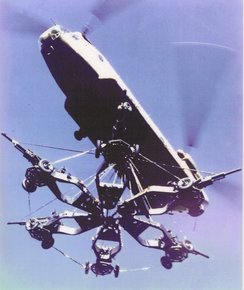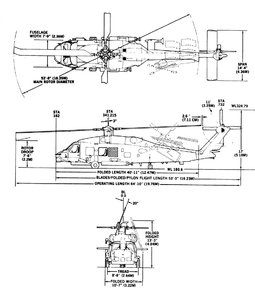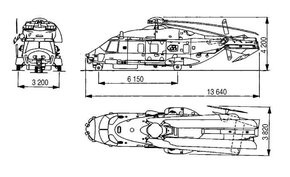Doing a quick search I found that my previous statement regarding pricing of each helicopter is likely pretty close. So in prefer to get eight NFH90s the cost will be at least a half a billion just for the aircraft. $350 million will likely get you eight navalized H160 plus a simulator and support. That’s a $150 million cash to be redirected. This is not to mention the lower operating costs compared to the NFH 90. I’ve been wrong before but again I don’t see the RNZN getting T26. Hopefully something along the lines of T31 but I just can’t see multi billion dollar frigates getting bought. Sorry just my two cents.
What have you based these costs on? Are they flyaway costs and where did you get the figures from? What is the currency of the figures that you posted?
IF the NH90 variants are chosen, the RNZAF already has a NH90 simulator, it already operates NH90s so its not introducing a new type into service, meaning it doesn't have all the associated costs. Using figures from the French Senate,
Projet de loi de finances pour 2013 : Défense : équipement des forces, flyaway costs for the NH90 have been ascertained with a reasonable degree of accuracy. However, it has to be noted that the costs are for 2013 and for the French military. Based on the 2019 DCP, 9 aircraft would be acquired, and the story in Aviation Week states that it will not be a like for like replacement, therefore we can assume that the mix will be
x # NFH and
y # MTTH. For example
IF 5 NFH and 4 MTTH are acquired then according to the figures from the French, the flyaway cost of NFH is €43.3 million (NZ$75.4 million) and what they call the NFH - Support €36.4.3 million (NZ$63.4 million). Hence, using these figures 5 x NFH would cost NZ$377.0 million, 4 x MTTH NZ$253.6 million, giving total of NZ$630.6 million. If we were to acquire these as a completely new capability without already having the TTH, it would cost us an extra ~NZ$315 million for spares, training, simulator, manuals, WOLC etc., taking that up to NZ$945 million.
At the moment a navalised fully combat capable H160 is not yet on the drawing board and as such we would not even be interested. We are not Canada and would not entertain such a risky venture, plus it is to light for what we require.
The other option is the MH-60R. It's flyaway cost is
US$47.75 million (NZ$74.9 million) and the MH-60S at
US$21.93 million (NZ$34.4 million). So 5 Romeos would cost NZ$374.5 million and 4 Sierras NZ$137.6 million, giving total of NZ$512.1 million. We then have to add ~NZ$256.05 million for spares, training, simulator, manuals, WOLC etc., taking that up to NZ$768.15 million. How NZMOD comments about its WOLC for acquisitions is that it has found over time that these roughly equate to 50% of the flyaway / sailaway costs etc.
Given the differences in cost between the NFH / MTTH and the Romeo / Sierra combinations I would think that the NFH / MTTH would be more attractive because we would not be standing up a new platform. I am also wary that the Seahawk will be replaced by the USN in the early 2030s, so we may end up in a situation similar to what we have with the sprites as nations replace their Seahawk fleets long before we do.



